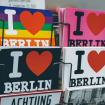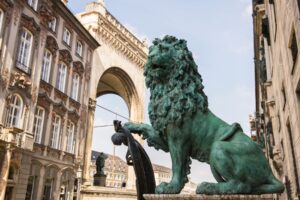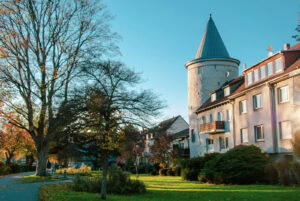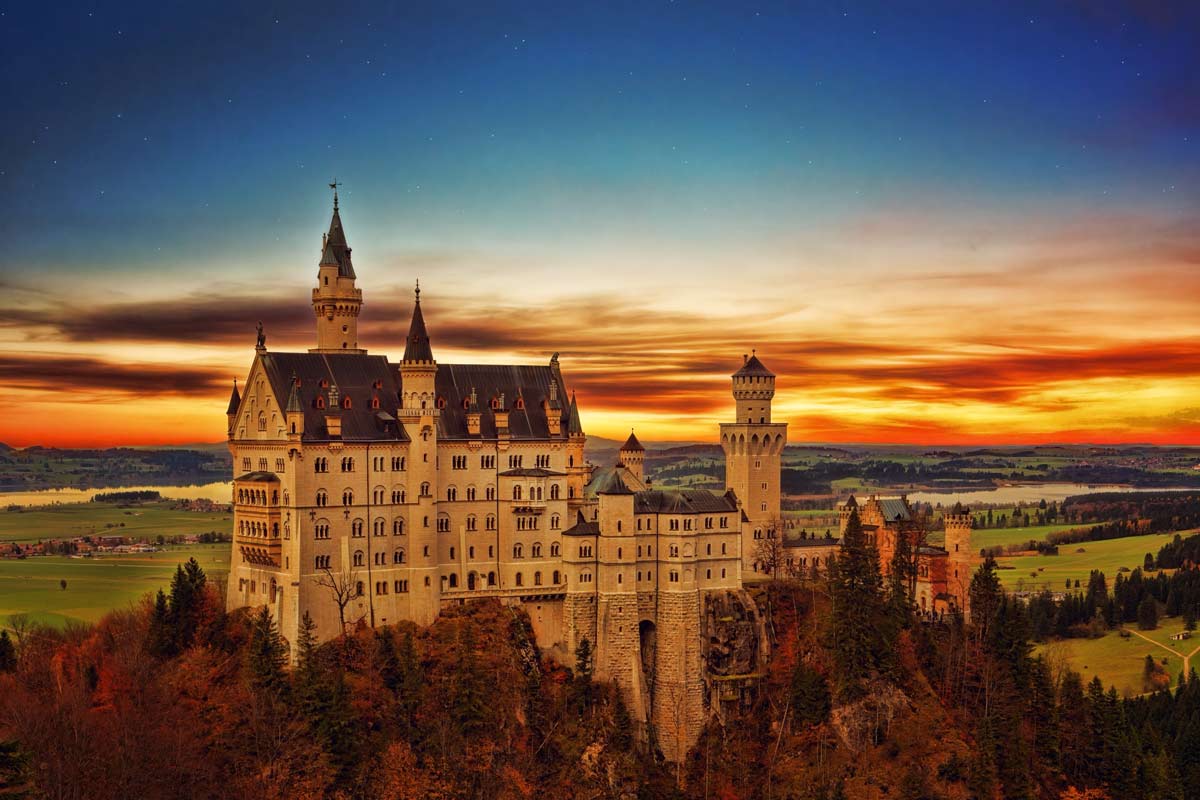
Germany Travel Guide
Helpful Articles, Tips & Videos
Intro to Germany
Germany is a top travel destination, and for good reason. Fairytale villages, pulsing big cities and breathtaking landscapes – Germany has it all. Germany also has the largest national economy in Europe with high labor productivity and a high level of innovations. It is a co-founder and the most populated state of the European Union, with more than 80 million residents.
For travelers, Germany is well-known for Christmas markets, festivals like Oktoberfest and castles likes Neuschwanstein. Many renowned German composers, writers, painters and philosophers have influenced culture in this country and in Europe for centuries. Although Berlin is the capital of Germany, Frankfurt is its financial capital and has the busiest airport. Other cities, including Munich, Cologne, Stuttgart and Hamburg, are also worth visiting.
Tourists can explore more than 40 UNESCO World Heritage Sites, including cathedrals, castles and ancient monuments. It’s a diverse country. You’ll find discover wind-battered coasts and islands, magnificent Alpine peaks, fertile wine country or the magical Black Forest.
When it comes to the people, Germans are punctual and like to play by the rules. Jaywalking is frowned upon, especially if there are children around. It’s a myth that Germans don’t have a sense of humor. Most Germans are welcoming, friendly and quick with a smile (and often a good joke or two).
Classic Bavarian sausages and pretzels are the perfect accompaniment to famous German beers. And in the Franconia region of Germany, white wine is grown and enjoyed. On a Sunday afternoon, Germans often get together at home for coffee and cake. Don’t forget to try authentic Black Forest cake.
Plan Your Trip
Where is Germany?
Germany is in Central Europe. It lies between the Baltic and North seas on the north and the Alps and High Rhine to the south. Germany is a federal republic and consists of 16 states
Getting Around Germany
Flying is the most expensive and most inconvenient way to travel through Germany because the country has high-speed trains and well-maintained highways throughout. You can choose between trains and buses, or you can rent a car. As of 2019, Uber in Germany contracts with German taxi firms to provide rides, and it’s nothing like Uber in the U.S. There are ride-sharing options, and most arrangements are set up via free online ride boards such as blablacar.de or mitfahren.de
Language
The official and predominant language spoken in Germany is German. There are a lot of dialects, but they are only spoken in particular regions. But, don’t worry, according to worldatlas.com, more than 50% of the population speaks English.
Currency
Germany uses the euro (EUR) as its only currency. Get some euros before you leave for Germany, but only for your initial expenses. The best place to get euros in Germany is through ATM machines.
When is the Best Time to Visit Germany?
The best time to go to Germany is from late spring to early fall, or from May through September. However, keep in mind that the country is most crowded in summer, accommodation prices skyrocket, and airfare is at its highest. Winters in Germany are cold, and you can expect frequent snow.
What to Pack When Visiting Germany?
If you are coming to Germany in spring, prepare for chilly mornings and evenings, as well as sunny afternoons. Bring both long- and short-sleeve shirts, sunscreen, glasses and, of course, a light rain jacket. Rain is a possibility at any time of year. If you are visiting the country from November through March, bring warm coats, boots, gloves and hats, and dress in layers
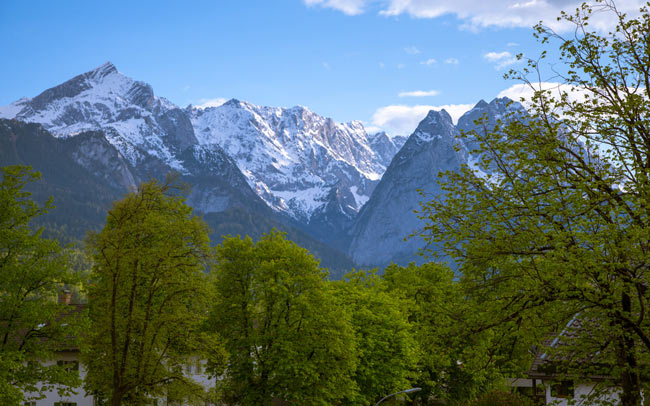
Top 10 Things to Do in Germany
Top Destinations in Germany
Latest Stories on Germany Travel
We Visited 19 German Cities—Here’s Why Munich Stole Our Hearts
Germany’s Mosel Valley: A Riesling Lover’s Paradise
The Ultimate European Bucket List: 23 Life-Changing Experiences
World Travel: Don’t Miss These 15 Bucket List Destinations
World Travel: Don’t Miss These Top Bucket List Destinations
From Resort to River: How Riverside is Elevating River Cruising in Europe
10 Reasons to Get Off the Beaten Tourist Path and Visit Paderborn, Germany
Travel Guide to Germany
German Christmas Market Traditions

